Understanding Adenium: The Basics of Desert Rose Plants
Adenium, commonly referred to as the Desert Rose, is a succulent plant that attracts gardeners with its stunning appearance and unique adaptability. Known for its striking red, pink, and white flowers, Adenium is not only aesthetically pleasing but also a resilient species that thrives in arid climates. Its fleshy stems store water, allowing it to endure prolonged droughts, which makes it particularly suited for cultivation in regions with limited rainfall.
One of the most notable characteristics of the Desert Rose is its thick, swollen base, known as a caudex. This feature not only gives the plant an intriguing shape but also serves as a water reservoir. As a result, Adenium can withstand dry spells while maintaining its vitality and beauty. The blooms typically appear in clusters, adding vibrant colors to gardens, and are known to attract pollinators like bees and butterflies, enhancing the biodiversity of the area.
Adenium comes in various cultivars, each exhibiting different flower colors and sizes, making it an appealing choice for landscape designs. Some popular varieties include Adenium obesum, with its large, showy flowers, and dwarf cultivars that suit smaller spaces or container gardening. Grafting, a common horticultural practice in growing Adenium, allows gardeners to combine different rootstocks and scions, resulting in hybrids that may have improved characteristics such as disease resistance or enhanced flowering potential.
To ensure the healthy growth of Adenium in a garden setting, it is crucial to provide well-draining soil, plenty of sunlight, and minimal watering during the winter months. Understanding the unique needs and characteristics of the Desert Rose will significantly enhance the success of growing this remarkable plant in various landscapes, particularly in desert and semi-desert environments.
Caring for Your Grafted Adenium: Tips for Thriving Plants
To ensure your grafted Adenium, commonly known as the desert rose, thrives in your garden, it is crucial to understand its specific care requirements. One of the most critical aspects of care is watering. Grafted Adenium plants prefer to dry out between waterings. Overwatering can lead to root rot, which is detrimental to their health. It’s advisable to check the top inch of soil; if it feels dry, it’s time to water. During the growing season, typically spring and summer, these plants will benefit from more frequent watering, while in the dormant phase, reduce the frequency to prevent excess moisture.
Sunlight exposure is another essential factor in the care of grafted Adenium plants. They thrive in bright light, so placing them in a location that receives at least six hours of direct sunlight each day is necessary. Insufficient light can hinder their growth and flowering potential. Additionally, consider the climate when positioning your plant; during the hottest weeks, filtered sunlight can help protect it from leaf burn.
Choosing the right soil is equally important. A well-draining potting mix, ideally formulated for cacti or succulents, will provide the necessary drainage that grafted Adenium plants need. Regular fertilization can also promote growth and blooming. A balanced, water-soluble fertilizer, applied bi-weekly during the growing season, will help nourish your plants without overwhelming them.
Pest management is vital for maintaining the health of your desert rose. Common pests such as aphids and mealybugs can compromise your plant’s vigor. Regularly inspecting your plants and removing pests can prevent larger infestations. Seasonal care includes pruning spent blooms and any dead or damaged leaves. Repotting every couple of years will not only refresh the soil but will also allow you to examine and manage the root system effectively.

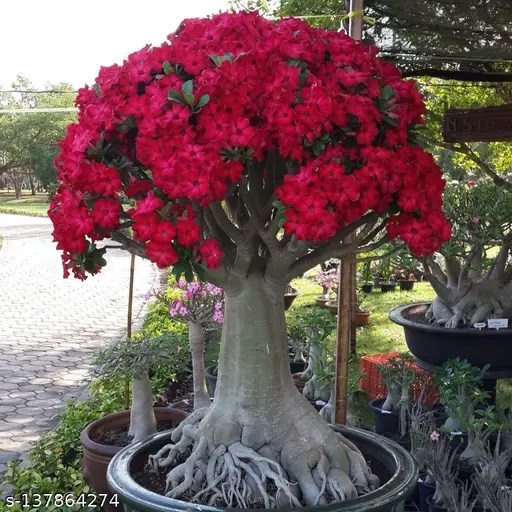
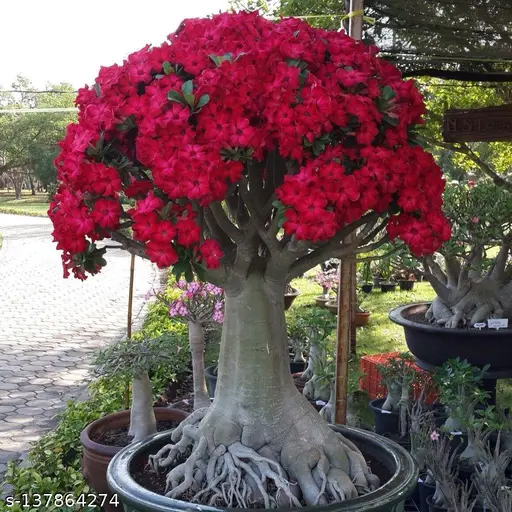
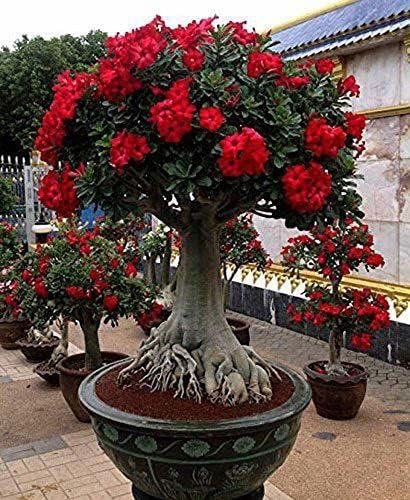
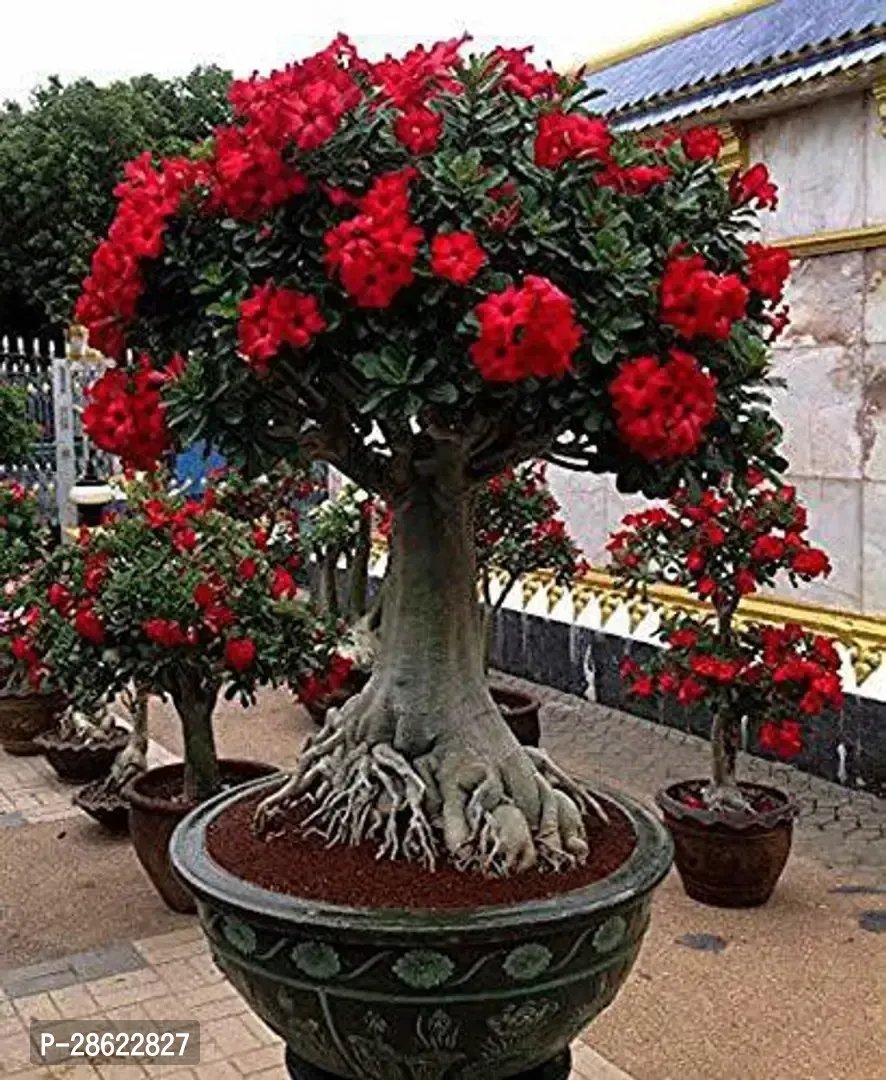



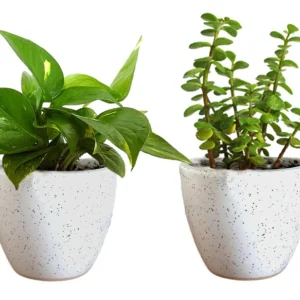
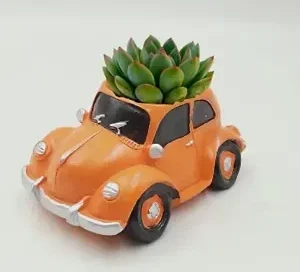
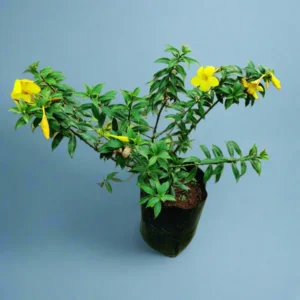
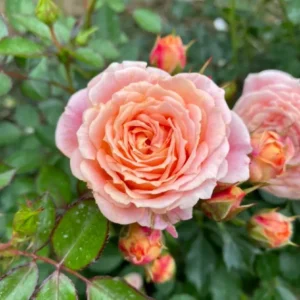
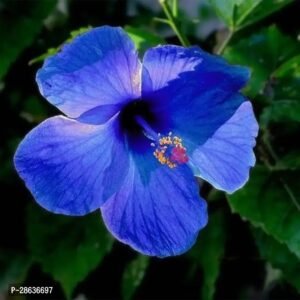
Reviews
There are no reviews yet.